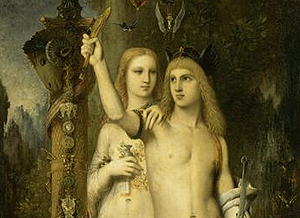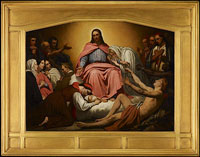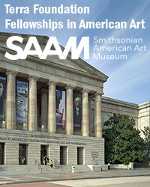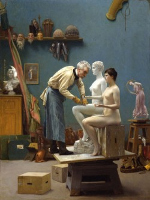X
Please wait for the PDF.
The browser will either open the file, download it, or display a dialog.
The browser will either open the file, download it, or display a dialog.
This paper considers, from both historical and theoretical perspectives, Gustave Moreau's key concept of "archeological allegory," which he articulated in order to justify a highly capricious and anachronistic use of accessory details in his history paintings, and to thereby oppose prevalent modes of historical genre painting that pretended to an archeological restitution of the past.
This article examines Henry Ossawa Tanner's complex sense of his own racial identity. Tanner's conflict was born of the fact that in his personal adult life he walked a fragile line between his whiteness and his blackness; in France, he systematically worked to remove race from the equation of his life. The author also identifies for the first time the source of his best-known painting, The Banjo Lesson.
In the decades following the Paris Commune of 1871, the Third Republic undertook an intensive program of monument building that would celebrate and legitimate the new government, while also erasing the scars of the recent Commune past. However, beneath the official Republican rhetoric, vestiges of the 1871 civic revolt manifested themselves in the city's memorial spaces and trapped the fin-de-siècle Republican audience in an angst-ridden stasis.
Was Henri Fantin-Latour aware of the migration of his work to the Antipodes? This article investigates the circumstances surrounding the popularity of the French artist's flower paintings in Australia.
The author explores how art historian and scientist Elie Faure assimilated neo-Lamarckian evolutionary theory into his global art series the History of art (five volumes published between 1909 and 1927). Faure's main thesis is that art, from different periods and different times, was created by an evolutionary driving force, and thus global art was a reflection of a global culture and a unitary cosmos. Faure's relationship with anarchist Elisée Reclus and Symbolist artist Eugène Carrière are also explored.












